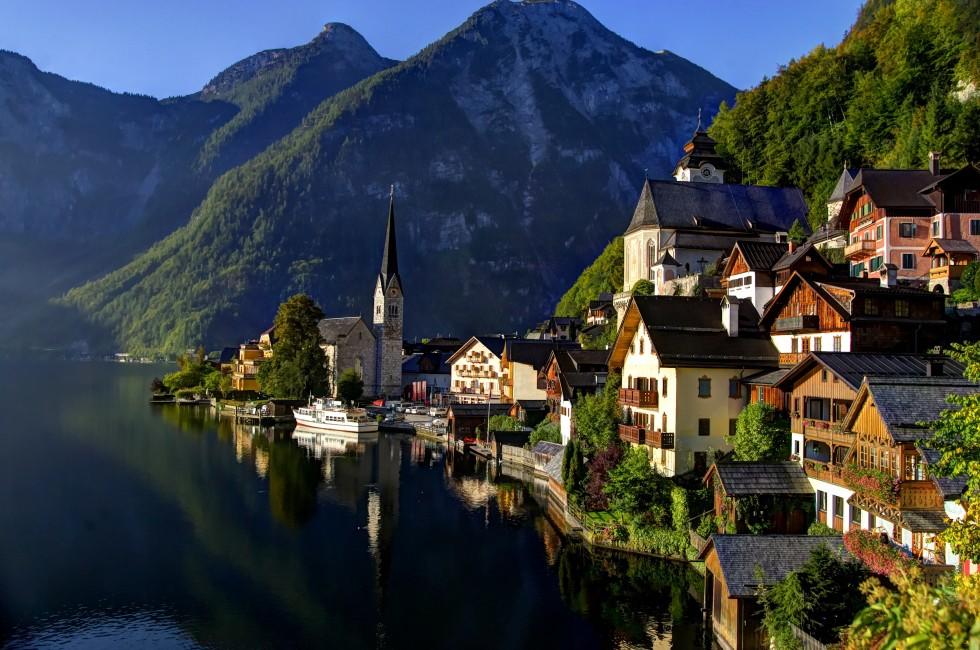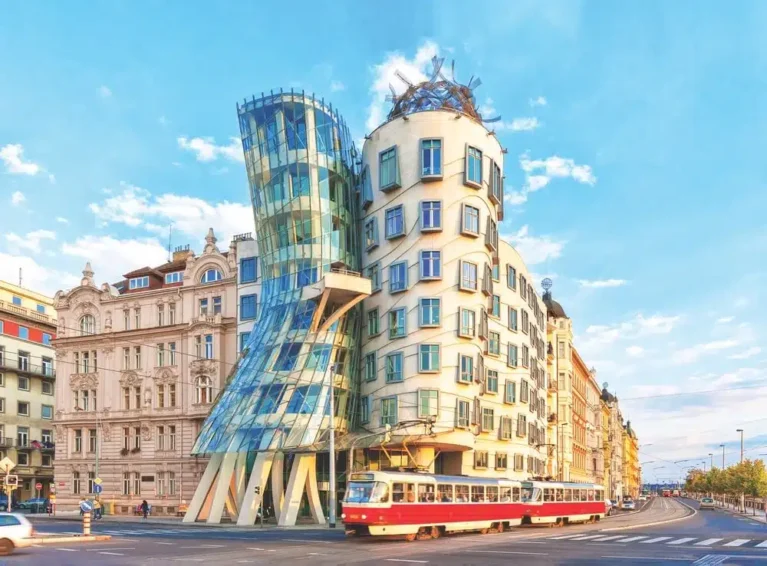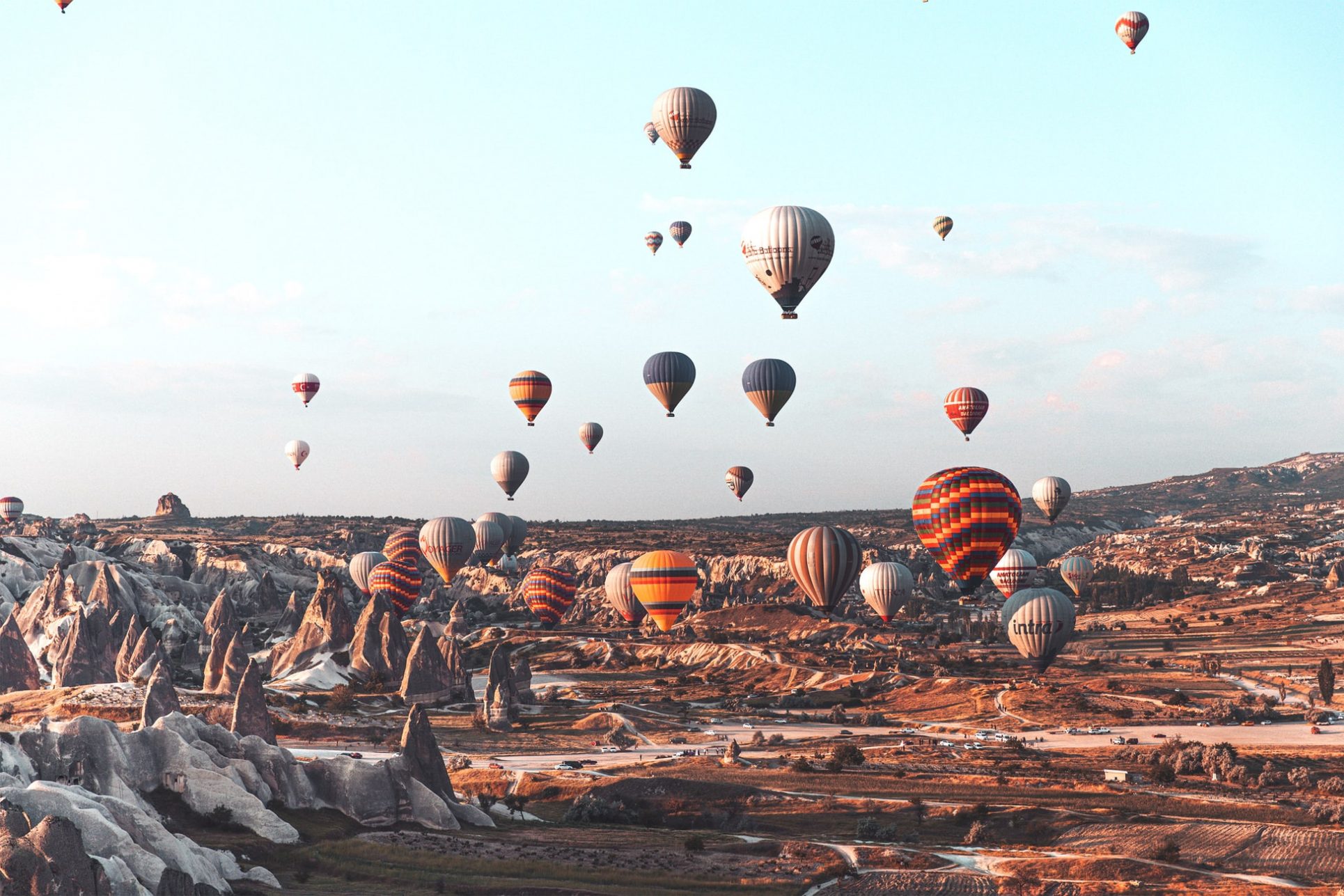Central & Eastern Europe
-
12 Day Bulgaria, Serbia & Romania Tour
Discover local flavors Learn about traditional tracks Escorted tours High quality accommodation
-
12 Day Classic Romania
Discover local flavors Learn about traditional tracks Escorted tours High quality accommodation
-
12 Day Albania, Montenegro, Croatia & Slovenia
Discover local flavors Learn about traditional tracks Escorted tours High quality accommodation
-
13 Day Turkish Treasures with Cappadocia
Discover local flavors Learn about traditional tracks Escorted tours High quality accommodation
-
12 Day Central Europe with Warsaw & Krakow
Discover local flavors Learn about traditional tracks Escorted tours High quality accommodation
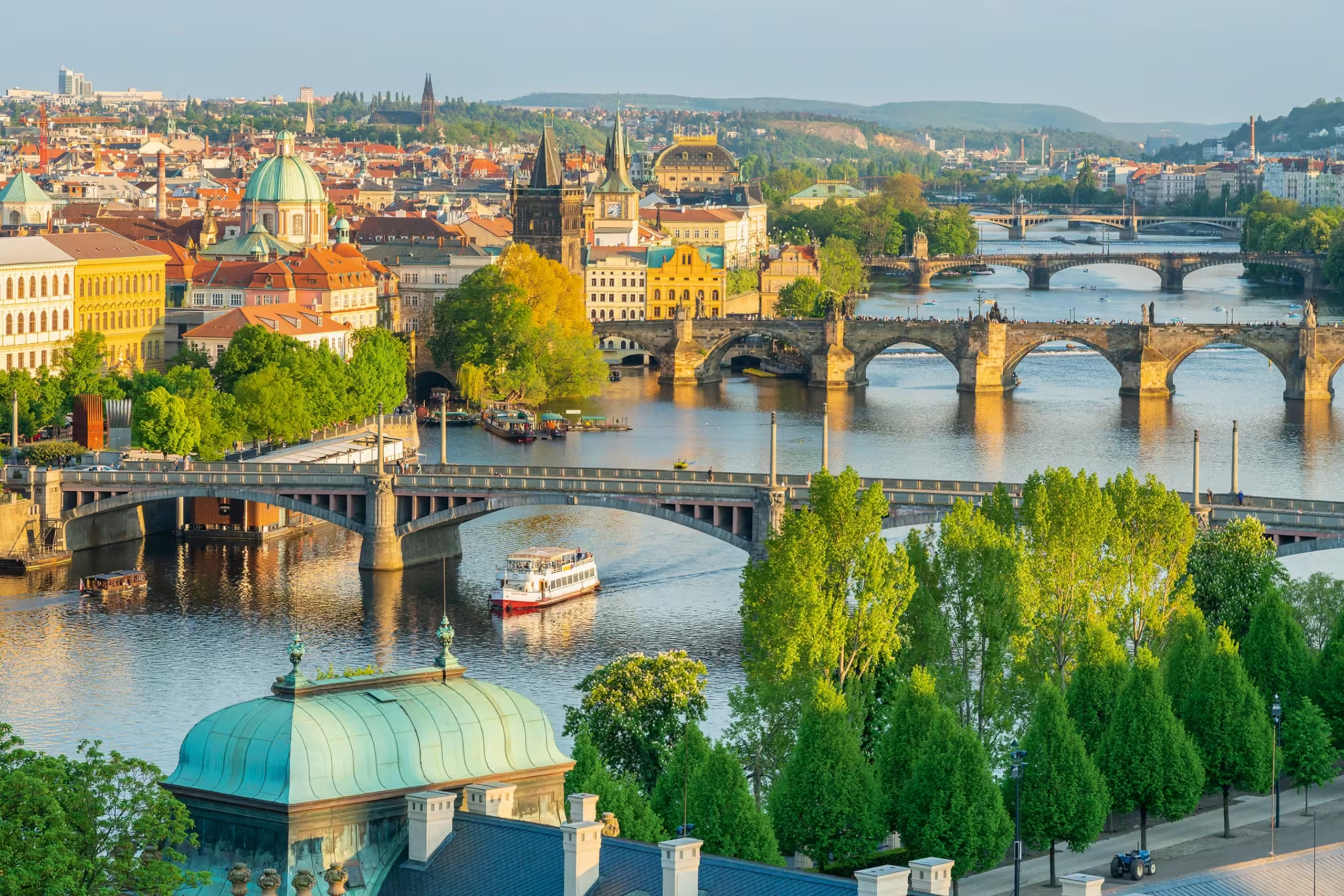
Czech Republic
Planted firmly in the heart of Central Europe, the Czech Republic is culturally and historically more closely linked to Western, particularly Germanic, culture than any of its former Eastern-bloc brethren. The most popular tourist destination in the region, Prague was discovered shortly after the fall of the Iron Curtain. But the stunning medieval towns in southern Bohemia and the famous spa resorts of the west are just as approachable. Travelers looking to get off the beaten path may wish to head for Moravia, the lesser-visited region in the eastern Czech Republic.
Prague
One of Europe’s best-preserved cities, Prague has a romantic riverside location enhanced by graceful bridges and a magnificent skyline punctuated with medieval church spires. Its historic Old Town follows a plan laid out 1,000 years ago, with ancient squares and winding cobblestone streets. Haunting Prague Castle looms large across the Vltava River, rising above the exquisite Charles Bridge. Add extravagant, fairy-tale architecture; memorable classical music; and, these days, good food and drink, and it’s easy to see why Prague charms everyone who visits.
Karlovy Vary
Karlovy Vary—often known outside the Czech Republic by its German name, Karlsbad—is the most famous of the Bohemian spas. It’s named for the omnipresent Emperor Charles IV, who allegedly happened upon the springs in 1358 while on a hunting expedition. As the story goes, the emperor’s hound fell into a boiling spring and was scalded. Charles had the water tested and, familiar with spas in Italy, ordered the village of Vary to be transformed into a haven for baths. The spa reached its golden age in the 19th century, when aristocrats from all over Europe came for treatments. The long list of those who “took the cure” includes Peter the Great, Goethe, Schiller, Beethoven, and Chopin. Even Karl Marx, when he wasn’t decrying wealth and privilege, spent time at the wealthy and privileged resort; he wrote some of Das Kapital here between 1874 and 1876.
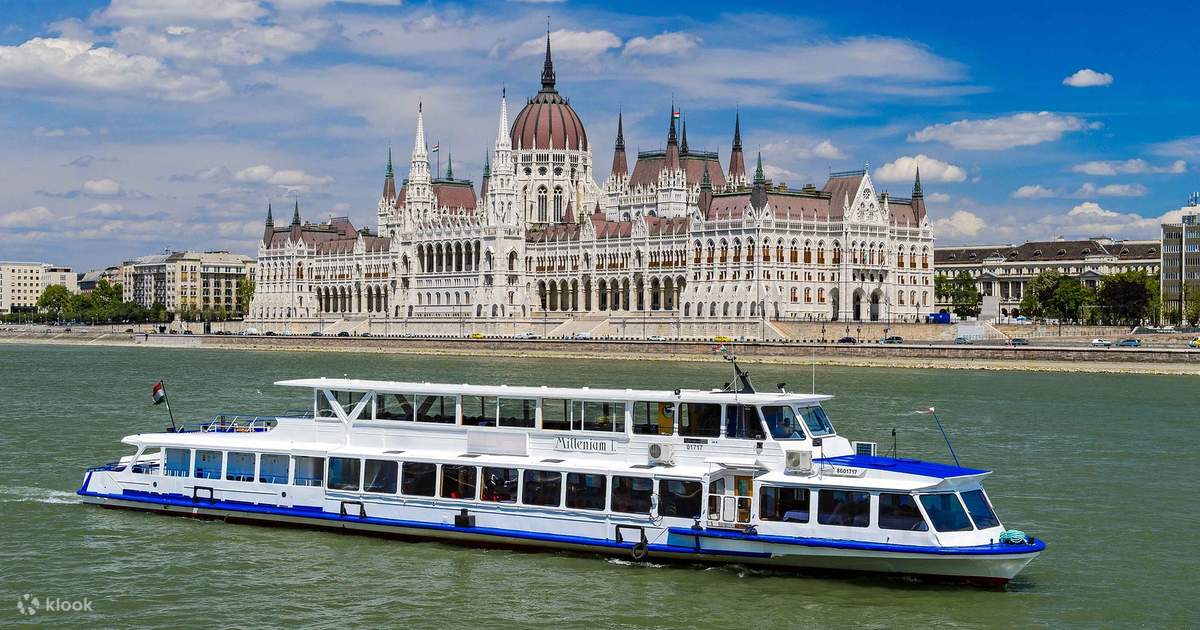
The impressive Esztergom Basilica, dramatically reflected in the Danube River, takes front and center in this ancient river town. Small though it may be, Esztergom has proved a major force in Hungary’s history. St. Stephen, the first Christian king and founder of the nation, was crowned here in AD 1000, establishing Esztergom as Hungary’s first capital, which it remained for the next 250 years. Esztergom has also been the seat of the Roman Catholic Primate of Hungary for more than a thousand years.
The Danube Bend
About 40 km (25 miles) north of Budapest, the Danube abandons its eastward course and turns abruptly south toward the capital, cutting through the Börzsöny and Visegrád hills. This area is called the Danube Bend and includes the baroque town of Szentendre as well as the hilltop castle ruins and town of Visegrád, both on the Danube’s west bank. The most scenically varied part of Hungary, the region is best known for a chain of riverside spas and beaches, bare volcanic mountains, and limestone hills. Here, in the heartland, are the traces of the country’s history—the remains of the Roman Empire’s frontier, the battlefields of the Middle Ages, and the relics of the Hungarian Renaissance.

